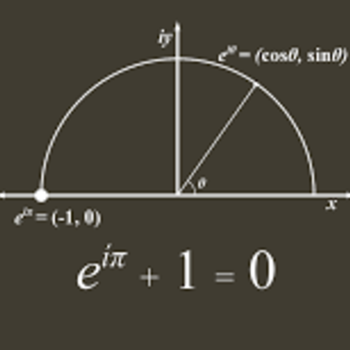How do you write 0.000419 in scientific notation?
2 Answers
Explanation:
Scientific notation is always written as
You can see that we must multiply
However, if you multiplied the original number by
Explanation:
To Get the Answer:
1. The number in front of the decimal point must be one digit and between 1 and 9 (including 1 and 9).
2. The numbers behind the decimal point two digits
3. Count the number of times the decimal point move from the original spot to the new spot, and it is times (X) 10 to the power of the amount of times it moved (X
Eg, 0.000419 => 4.19 X
Eg. 41900 => 4.19 X

